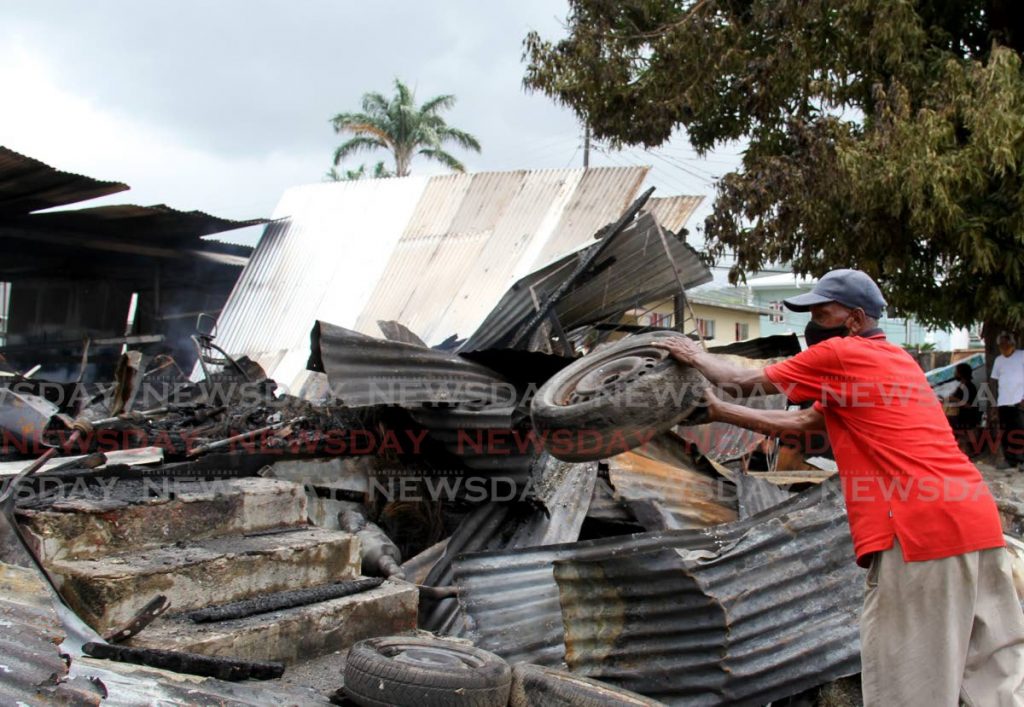Unmaking history

THE LOSS of a 200-year-old house in Belmont with a rich history betrays another facet to the problem of how the State manages cultural and community resources.
On Sunday, the home of the late Kathleen Warner, a local actress, singer and radio personality who was also known as Aunty Kay, went up in flames. Aunty Kay was once a household name due to her children’s talent show. She was also the mother-in-law of the late artist Boscoe Holder.
As an actor, Ms Warner blazed a trail in her own right, appearing at least twice alongside the legendary baritone and actor Paul Robeson in London’s West End. On one of those occasions, she was cast in CLR James’s play about Toussaint L’Ouverture. She also appeared in several films, including the British drama Debt of Honor.
None of that saved her home from an ignoble fate. It was burnt to the ground after years of inattention.
Sometimes, it is hard to contradict the belief that even before our history has had a chance to be written, it is lost. In relation to Ms Warner’s home, the building, at the corner of Industry Lane, has a lore of its own.
According to Belmont residents, the one-time “King of Pop” Michael Jackson and American singer Sam Cooke were among many celebrities who came there to be taken around the country in one of the stylish Cadillacs that would be parked in the garage on the same compound.
But how many people know of such things? How many people today know of the Aunty Kay Show, hosted by Ms Warner, which ran on radio from 1942-1985, effectively acting as a kind of bridge between our colonial and independence eras?
Many will remember. Many will also have been reading brand-new disclosures when they read our report of the destruction of Ms Warner’s home.
That many are oblivious to such rich and varied histories in communities such as Belmont is testimony to the huge gaps in the already dysfunctional conservation programme of the state.
From time to time there is rightful outcry and focus on “big-name” properties tied to official figures or standing in heritage districts. Smaller but equally historical spaces slip through the cracks.
We do not have a system such as that which pertains in other countries like the UK. There, London streets bear blue plaques marking sites of importance, even if the properties remain in private hands.
Maybe one day such a scheme will exist here. Standardised plaques could tell passers-by where figures like Ms Warner, Mr James, Dr Eric Williams or VS Naipaul once lived.
Such plaques might not save these properties from ruin. But providing information is the first stage in stopping our history from going down the drain or up in smoke.


Comments
"Unmaking history"